Bridge and Roll is one of the most basic movements in BJJ, and you’ll learn this very quickly in your Jiu-Jitsu journey. Bridge and Roll are two words that can mean many things outside the BJJ community but is part of the lingo in the suave-art. Knowing the details of how to Bridge and Roll is the key to a good escape as part of your defense toolkit.
First of all, the mechanics of the movements;
- Bridge. Bridging is the action where you lift your hips while you keep your heels close to your butt; usually, you will redirect your movement to the left/right of your center, to the 1 or 11 on the clock position. The movement is so common that it can be part of your warmup, making an explosion movement to either remove an opponent from on top of you or basically gain a better position.
- Roll. The rolling part is usually a continuation of another move. Rolling is what it means, roll yourself or with an opponent from one position to another, left or right.
The two movements are a potent duo. Let’s explore one of its applications; Bridge and Roll when an opponent is in full mount, very basic in BJJ, but also this position is one of the most common situations in a street fight;
-
- When you have an opponent in full mount, you need to evaluate what your opponent is doing; punching you? is your opponent’s hands on your chest or the mat?
- What you need to do is have your opponent’s hands on the mat. To do this, you need to bridge and bump him/her so they can lose their balance, forcing them to place their hands on the mat. Eventho that your opponent is punching you, doing this, he/she doesn’t have a good base, only his/her knees or shins as a base. Bridging will force them to place their hands to help retain their position.
- Once your opponent’s hands are in the mat, you can catch their elbows with your two hands, collecting his/her elbow close to your chest. It can be either his/her left or right elbow.
-
- Once you commit to a side, then move your foot from the same side of your opponent’s trapped elbow, you need to position your foot outside of his leg, traping against you so you can have his/her leg trapped. At this moment, your opponent’s elbow and leg are trapped from the same side.
- At this point, you are ready to bridge with your opponent to 1 or 11 o’clock direction. Let’s say that you trapped his/her Right side; then you need to Bridge and Roll to his/her Right side, the same side of the trapped elbow. Your opponent won’t have any other option since you are taking away their base but rolling with you, ending up on his/her guard escaping away from the full mount.
Let’s review this from The Grappling Academy video

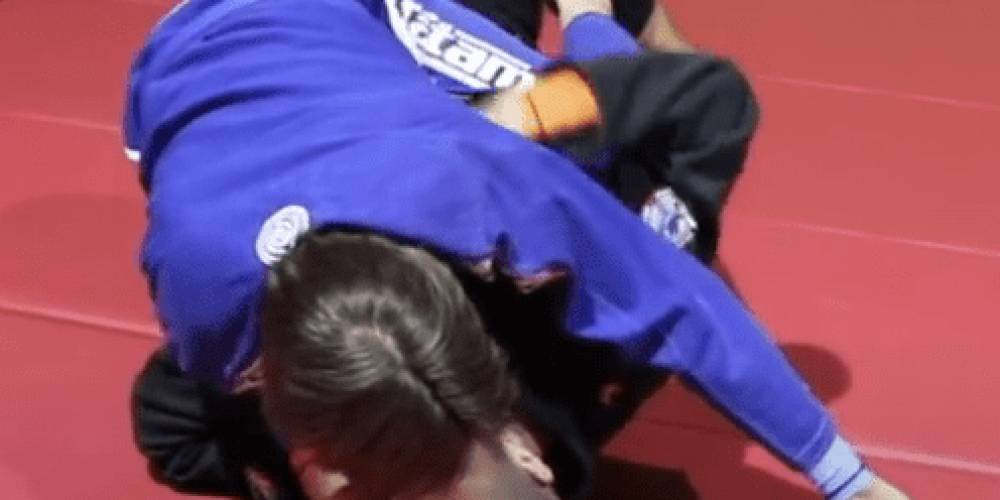
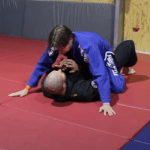
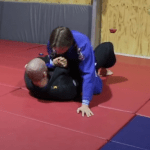
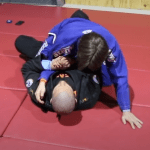
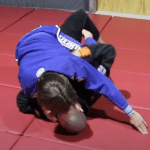
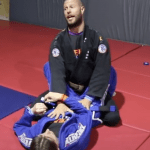






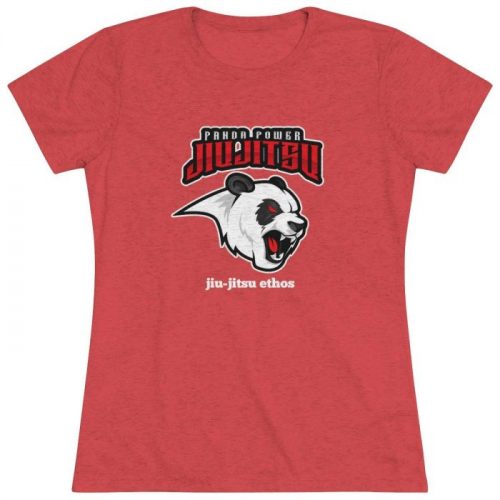





Comments 0